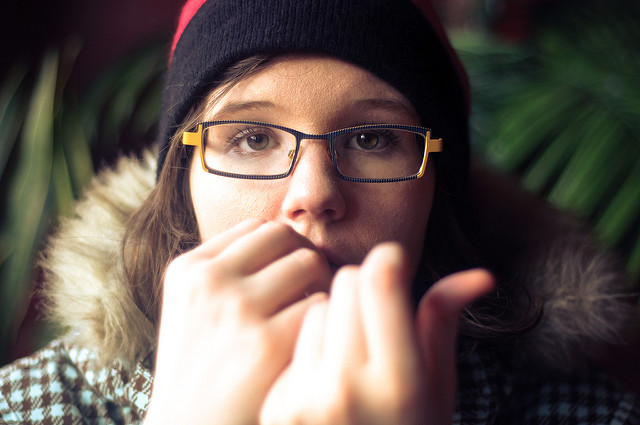How To Change An Unwanted Habit By Focusing On Emotional and Behavioral Triggers
We know that many of our behaviours seem to work against us. These may include overeating, picking nails or hair. Addictions and compulsions, ultimately, are bad habits. Let’s explore how to change unwanted habits and see if the emotional and behavioural hooks that trigger our habits can take us somewhere new.
Discover The Message To Change Unwanted Habit – the Emotional Hook
Even though you may consciously not want your bad habit some process within you obviously has been programmed to compel you to act in unwanted ways. Think of your bad habit as some unconscious energy erupting beneath the surface – just as if your higher self invites you to attend to something in order to bring a unity of body, mind and soul.
The first step is to reconnect with that process causing your bad habit. One of the questions that will reveal the functions of your habit is ‘What is my habit helping me with?’ I have clients whose unwanted habits serve the function of being connected to their mothers, fathers, siblings or partners. Another person’s compulsive worry about their health we discovered was a way of expressing their anger towards their father and avoiding intimacy with their partner. Picking nails was helping a little girl to keep quiet in the class when she was bored. Conforming to the class rules without questioning was a way of ensuring she was loved and accepted by her teachers and parents.
This part sounds easy but we are referring to a chain of interconnected unconscious processes. If you’re at peace with and can accept your unconscious processes this will be straightforward, but many of us aren’t so fortunate. You may need to talk with your therapist to discover your habit’s hidden benefit and its caring message for you. Even a therapist may not be able to help you quickly if you are not ready to untangle the chain and learn what is really going on.
How To Change Unwanted Habit By Making It Emotionally Obsolete
Let’s say you now have connected with why you needed your unwanted habit, second step is to find a way of growing beyond needing the habit. Again, this growth might come to you in a flash of light or in a dream or through reading this article, or you might have to struggle to find a new narrative to break your emotional hook to the habit.
We are all unique. Same bad habits will carry totally different messages for each of us. The solutions that will work for us will also be personal. For example let’s take the person who discovered their worries about their health was a way of expressing their anger towards their father and being loyal to their mother. They can choose to express their loyalty to their mother by focusing on her wish for them to be happy. It is all about releasing the old connections and making new ones.
Can we help the bored little girl who picks her fingers by teaching her how to join in the class activities so that she is not bored? Or maybe we can put her in touch with a part of herself that reassures her she is lovable whatever others say or do.
Working With The Unwanted Habit Behaviourally
Behavioural psychology researchers show that each and every habit has three parts. Let me explain with an example such as eating when you are full. It all starts with a reminder, some call it a trigger or a cue. This is what makes you go to the kitchen. This could be that you need to make a phone call but you are not looking forward to it and want to delay. You may feel that you do not have enough time to finish a project and worry. As you can see these are emotional states elicited by our relationship with some activity. Then the habit comes; you reach out and start eating uncontrollably. the third part of any habit is the reward, in this case temporary release of tension.
Even though the process seems complicated it is not. Think of Pavlov’s dog. Pavlov gave food to his dog after ringing a bell. After a few times the dog started to salivate as soon as the bell rang.
Most people focus on removing the unwanted habit. However the best way to approach an unwanted behaviour is to replace it with one that serves you. In order to change this three part cycle you must recognise the trigger emotion and link it to choosing to do something else, such as chewing gum instead of smoking, or drinking water instead of overeating. When you persist with this for 21 days it becomes a new habit. This only works, however, if you know the emotional hook attached to your original habit and your chosen substitute behaviour can meet its needs.
Changing an unwanted habit can take time and effort but I hope I was able to show you that by knowing your emotional and behavioural hooks it is always possible.





